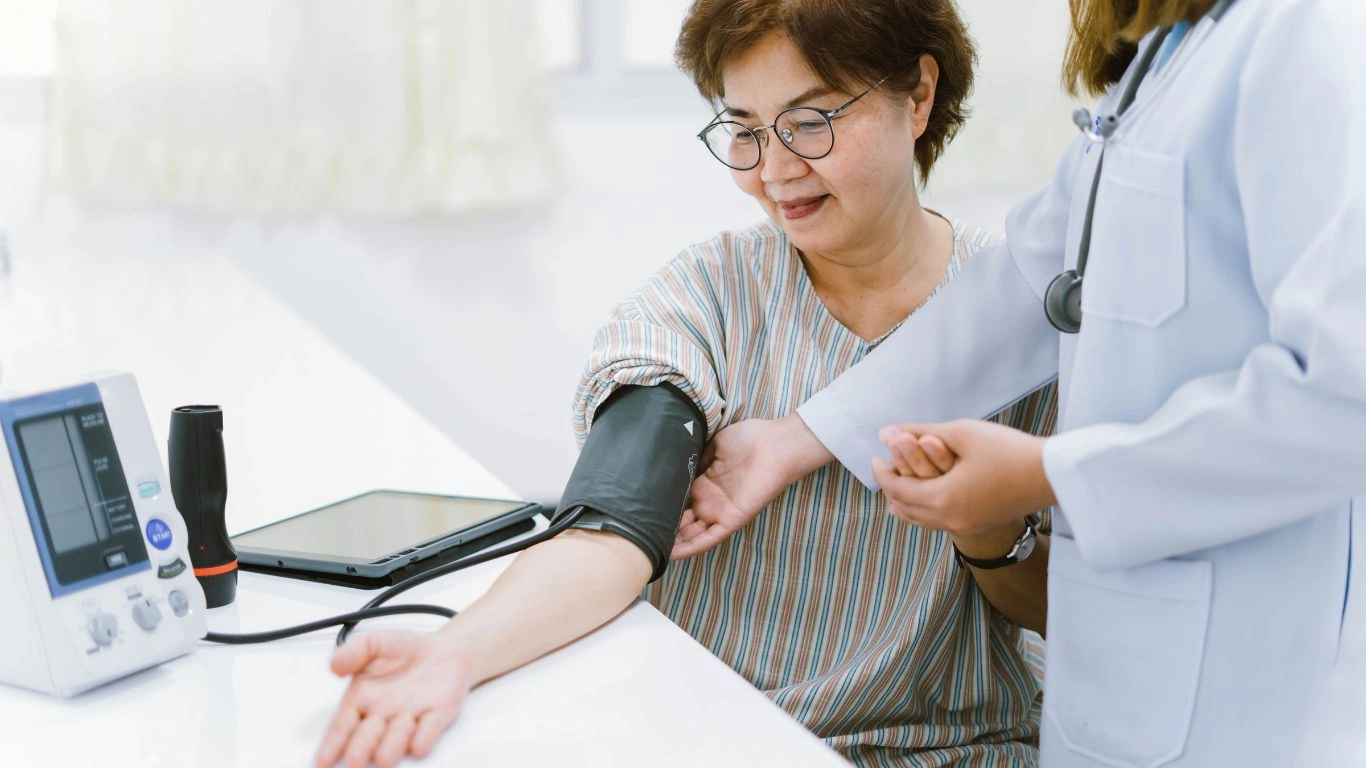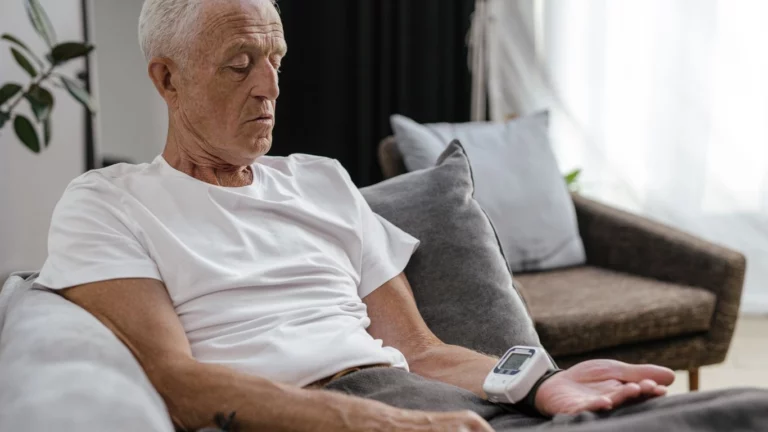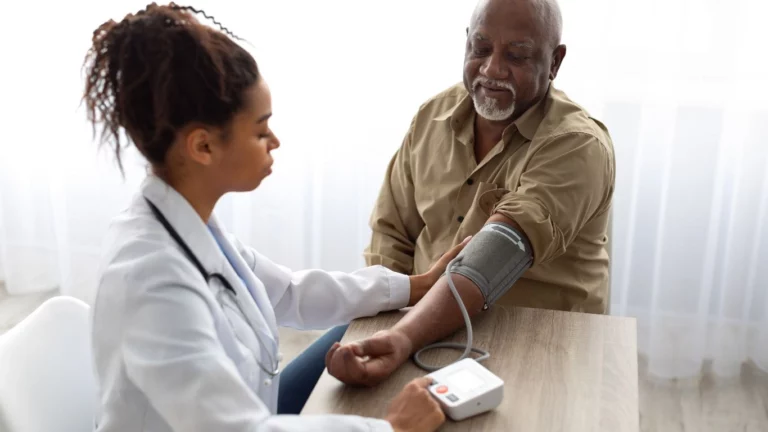Powerful Tips to Relieve Blood Pressure and Leg Cramps Fast
If you’ve ever wondered whether there’s a link between blood pressure and leg cramps, you’re not alone. As someone who’s managed hypertension in my patients for over a decade, I’ve fielded this question countless times. And honestly? It’s a good one—because it touches on how interconnected our body systems really are. A patient once told me their legs felt like they were “trying to run a marathon in the middle of the night.” That was a lightbulb moment for us both. This isn’t just about annoying cramps—it’s about what your blood pressure could be trying to tell you.
Is There Really a Connection Between Blood Pressure and Leg Cramps?
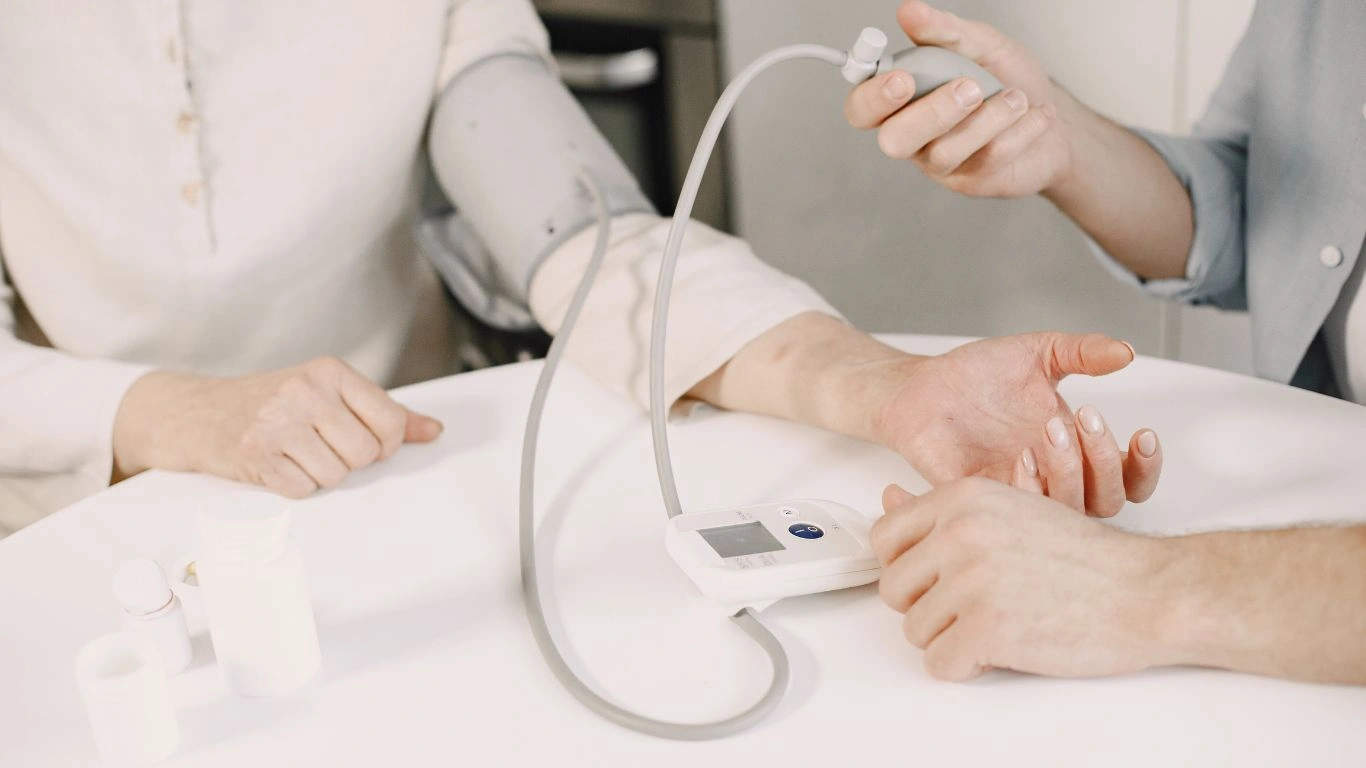
Let’s break this down. Leg cramps, especially at night, can be more than just dehydration or overworked muscles. In some cases, they may actually be connected to your cardiovascular system. Specifically, I’ve seen patients with uncontrolled high blood pressure who also reported frequent lower leg cramps—especially during the night or early morning hours.
Why does this happen? Well, elevated blood pressure can affect how efficiently blood flows through your legs. If your arteries are stiff or narrowed, your muscles may not get the oxygen and nutrients they need, especially when you’re sleeping and circulation slows down a bit. That can result in cramping, discomfort, and those “charley horse” moments that jolt you out of bed.
Of course, leg cramps can have a dozen other causes too—electrolyte imbalance, certain medications (especially diuretics or statins), nerve issues, or even just poor posture. But when someone with hypertension starts getting regular leg cramps, it’s worth taking a closer look.
Common Blood Pressure Medications That May Trigger Leg Cramps
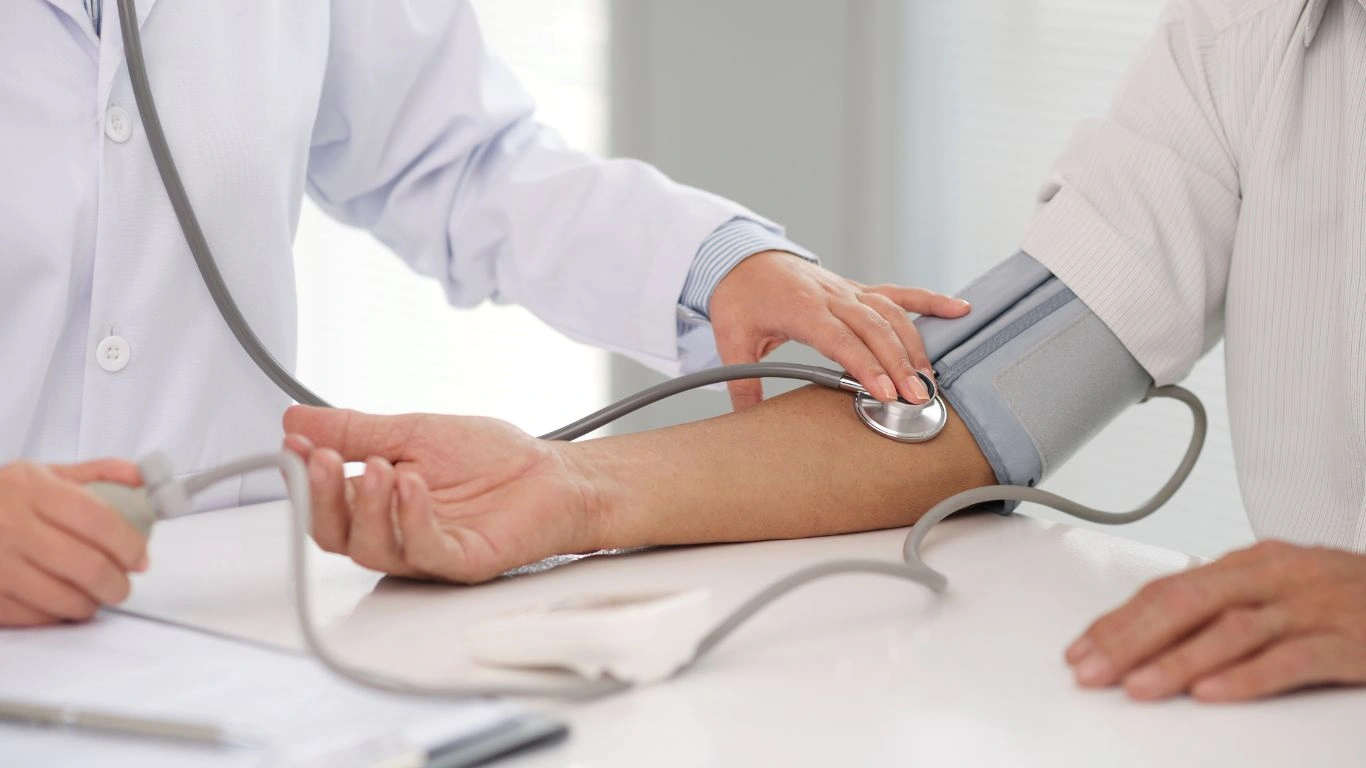
Here’s where things get even more interesting. Some of the very medications we use to control blood pressure might be causing or contributing to leg cramps. I remember one patient, a retired schoolteacher, who came in complaining about nightly leg pain so severe she couldn’t sleep. Turns out, the culprit was her newly prescribed diuretic.
Diuretics (Water Pills)
These help flush excess salt and water from the body, reducing blood volume and lowering pressure. But they can also deplete key electrolytes like potassium, magnesium, and calcium—all essential for healthy muscle function.
Beta-blockers
While these slow the heart rate and reduce blood pressure, some patients report feeling more muscle fatigue and cramping, especially after physical activity.
Calcium Channel Blockers
Interestingly, while these drugs *can* reduce spasms in blood vessels, in some people they can also lead to muscle stiffness or weakness, including in the legs.
That’s not to say you should ever stop your medication without talking to your provider. But if you’re dealing with persistent cramps, it might be time to review your prescriptions. I’ve adjusted treatment plans for many patients after identifying which med was the troublemaker, often switching to another class with fewer side effects.
How Poor Circulation Affects Leg Health

Poor circulation due to high blood pressure doesn’t just affect your heart—it can wreak havoc on your extremities too. In fact, one of the lesser-known symptoms of long-term hypertension is peripheral artery disease (PAD), where arteries in the legs become narrowed and reduce blood flow.
Here are a few signs that your leg cramps might be linked to circulation problems:
- Pain or cramping that worsens during walking or activity and improves with rest
- Cold feet or toes, even when it’s warm
- Shiny skin or hair loss on your lower legs
- Wounds on the feet or legs that heal slowly
One of my patients, an avid walker in her late 60s, thought her cramps were just from “overdoing it.” But after a vascular ultrasound, we found she had moderate PAD—prompting both medication adjustments and a lifestyle tweak that got her back on the trail in no time.
What You Can Do to Reduce Leg Cramps Linked to High Blood Pressure
Managing both blood pressure and leg cramps comes down to a mix of smart prevention and careful monitoring. Based on what I’ve seen work for real people in real life, here are some practical tips:
- Stay hydrated – Even mild dehydration can cause cramping. Sip water throughout the day, especially if you’re taking diuretics.
- Balance your electrolytes – Ask your doctor about checking potassium and magnesium levels if you’re cramping a lot.
- Move often – Light stretching, walking, or calf exercises improve circulation and reduce tension in leg muscles.
- Review your meds – If cramps are interfering with your life, have a candid conversation with your healthcare provider.
- Wear compression socks – These can promote better blood flow and reduce cramping episodes in some people.
So, if your legs are trying to “talk to you” through cramps—especially if you’re managing high blood pressure—don’t ignore the message. Your circulation might be waving a little red flag.
Lifestyle Tweaks That Make a Big Difference
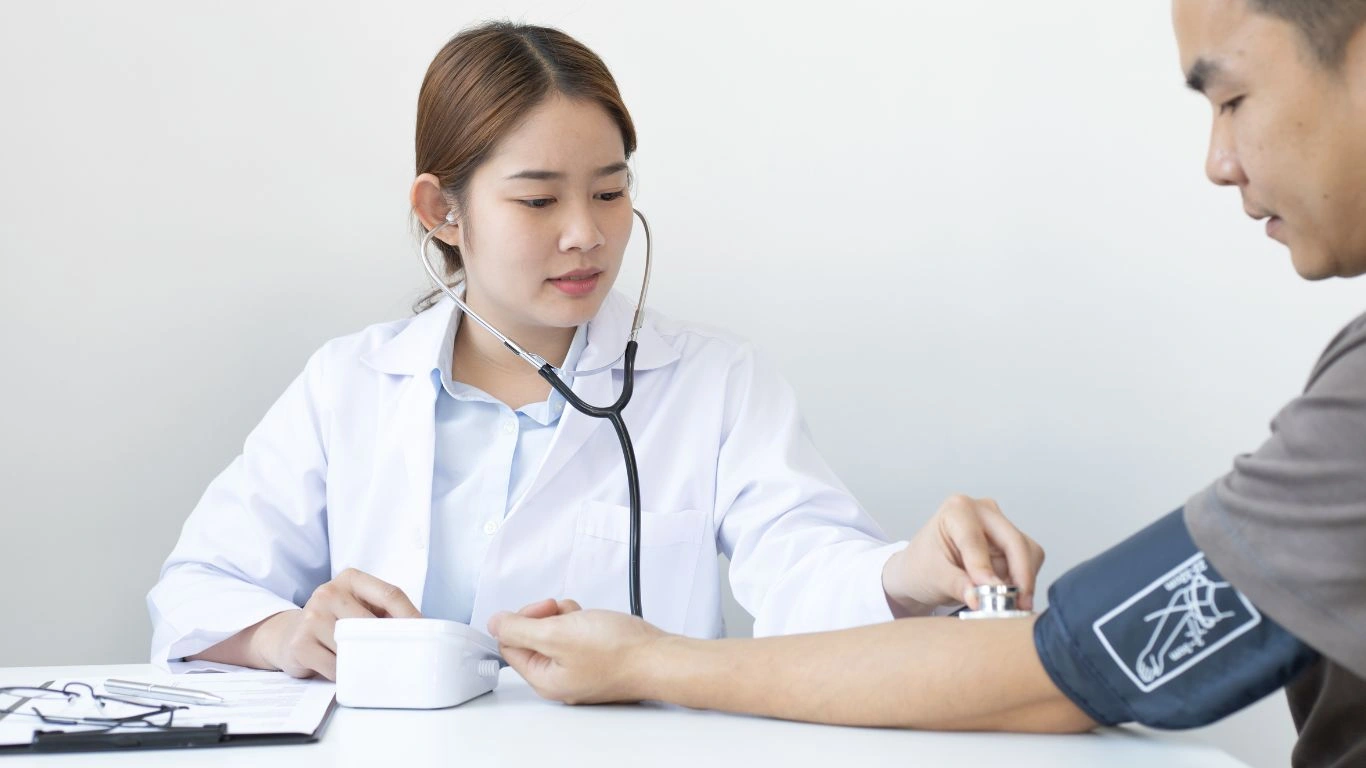
Now, I know “lifestyle changes” can sound like one of those vague, overused buzzwords. But let me tell you—from the trenches of my clinic, these tweaks really *do* work, especially when you’re juggling both blood pressure and leg cramps. I’ve had patients go from nightly cramps to peaceful sleep just by dialing in a few simple daily habits. And no, this isn’t about perfection—it’s about small, doable shifts that actually stick.
Stretching Before Bed
This one is low-effort and surprisingly effective. Stretching your calves, hamstrings, and feet before bed can make a world of difference. I even recommend keeping a tennis ball near your bed—roll it under your feet for a few minutes before you sleep. It helps relax the muscles and improves blood flow. One of my longtime patients swears by this ritual—and she hasn’t had a leg cramp in months.
Reducing Sodium, the Sneaky Cramper
High sodium intake can mess with your blood pressure *and* your electrolytes. You’d be amazed at how much sodium hides in things that seem innocent—like your favorite sandwich bread or that “healthy” frozen meal. Reducing salt helps your pressure, sure, but it also balances the fluid in your muscles, reducing cramping risk. I always say, if it comes in a box or a can, check that label like your sleep depends on it—because it might!
Magnesium-Rich Foods
I often check magnesium levels in patients dealing with chronic cramps. Low magnesium doesn’t always show up on routine labs, but it can play a big role in nerve and muscle health. You don’t necessarily need a supplement. Think leafy greens, almonds, pumpkin seeds, and dark chocolate (yes, dark chocolate—your doctor just gave you an excuse!).
When to Worry: Leg Cramps That Signal Something More
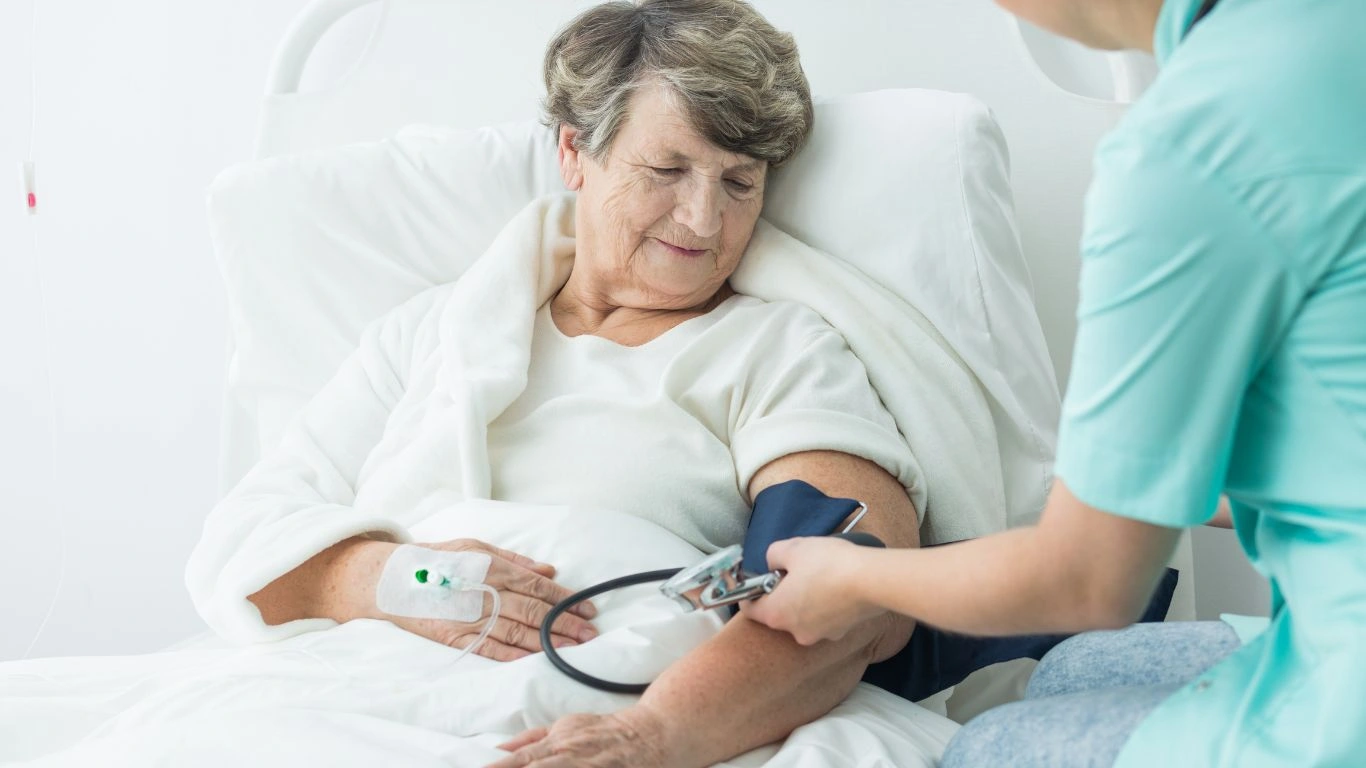
Alright, let’s get serious for a sec. Most leg cramps are annoying, not dangerous. But once in a while, they’re your body waving a big red flag. I always tell my patients—*listen* to your symptoms. Especially when they’re new, intense, or come with other odd sensations.
Clues That Something Bigger Is Going On
- Cramps that only happen on one side of the body
- Swelling, redness, or warmth in the calf (possible blood clot—urgent!)
- Cramping that comes with numbness, tingling, or weakness
- Sudden onset in someone with heart disease, diabetes, or smoking history
One gentleman I saw had been dealing with painful cramps in one leg that worsened when he walked his dog. Turns out, he had a blocked artery in his thigh—classic PAD. A vascular referral and a minimally invasive procedure later, and he was back to his usual morning strolls.
Let’s Talk Supplements and Natural Remedies (But Be Smart About It)
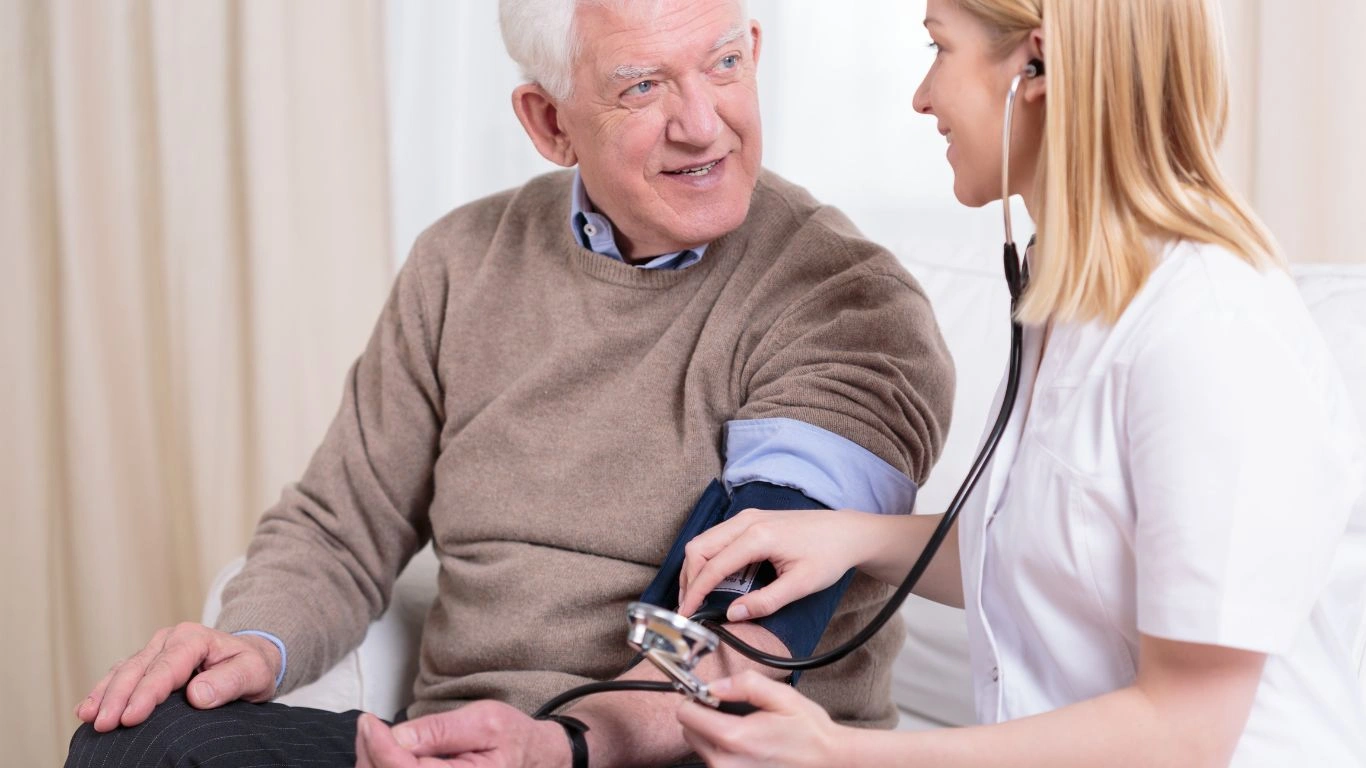
I get asked about supplements all the time—especially from folks looking to manage both blood pressure and leg cramps without always reaching for another prescription bottle. And look, I’m all for integrative care when it’s done right. But not all supplements are safe, especially if you’re on meds for high blood pressure. So here’s a quick breakdown based on what I’ve seen work—and what I usually caution against.
Magnesium Glycinate or Citrate
These forms are gentle on the stomach and absorb well. Great for nighttime cramps. Just be cautious if you have kidney issues—always run it by your provider first.
Potassium-Rich Foods (Not Pills)
Unless your doctor specifically tells you to supplement, it’s better to eat your potassium than to pop it. Too much can be dangerous, especially if you’re on ACE inhibitors or ARBs. Think bananas, sweet potatoes, oranges, and avocados—nature’s tasty pharmacy.
Pickle Juice (Yes, Really!)
This one’s quirky but backed by some anecdotal success. A quick swig of pickle juice may help with muscle cramps thanks to its sodium and vinegar combo. I wouldn’t make it your daily go-to, but some patients swear it stops cramps within minutes.
Be Wary of Overhyped Products
Things like “cramp relief patches” or unregulated herbal pills promising instant muscle recovery? Meh. Most aren’t backed by solid research. Stick to what’s tried-and-true or at least supported by real-world clinical experience.
Tracking Patterns: Your Secret Weapon
One underrated trick I share with patients: track your cramps. Seriously—when they happen, how long they last, what you ate that day, your activity level, medications, even stress levels. You’ll often start to see a pattern. I had one patient discover her cramps always flared up after long car rides and salty takeout. Once we spotted the triggers, we were able to make simple changes that gave her back control.
Consider using a journal or even a basic note app on your phone. I’ve seen people uncover links they never would’ve noticed otherwise. And as a physician, that kind of info is gold when fine-tuning treatment plans.
Managing both blood pressure and leg cramps takes some detective work, a bit of trial and error, and a whole lot of self-awareness. But the good news? Once you understand the connections and listen to your body, you’re way ahead of the game.
How Stress Impacts Both Blood Pressure and Leg Cramps
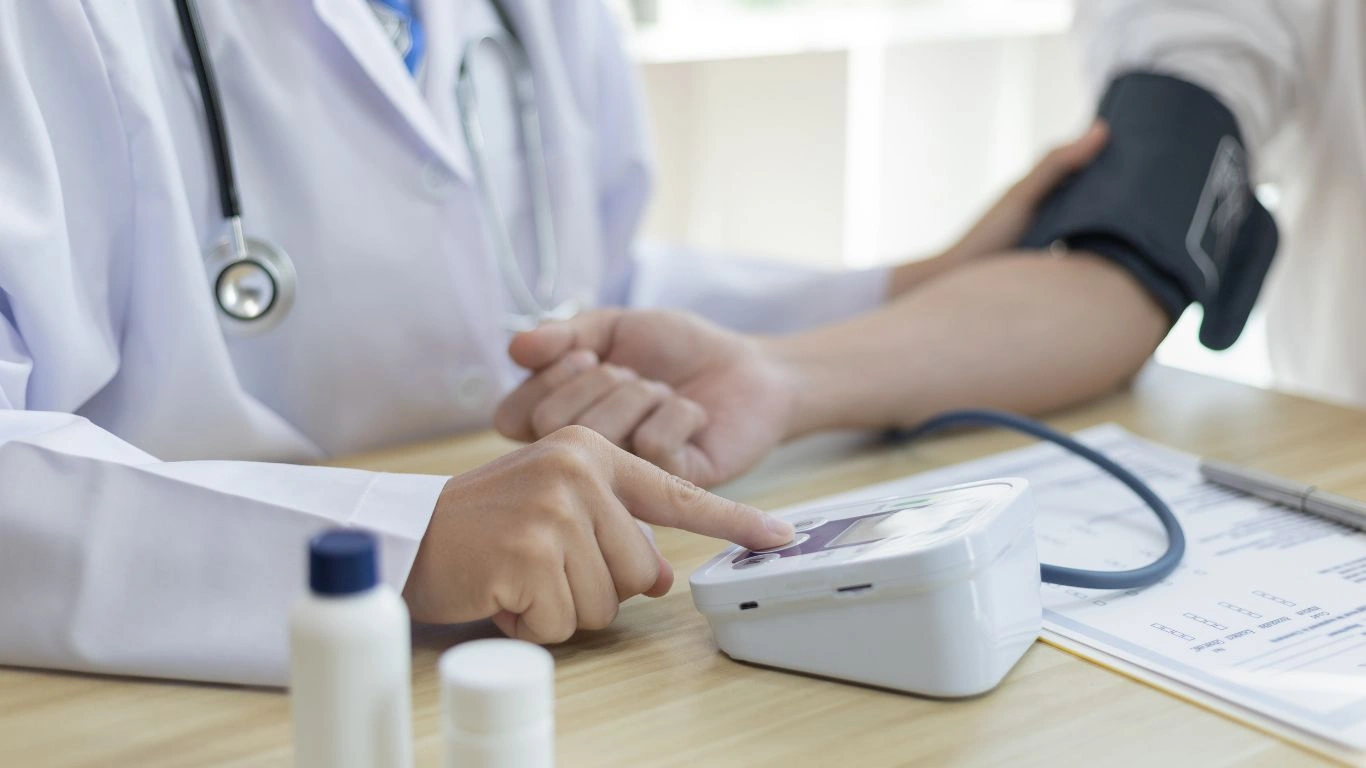
Here’s something not enough people talk about: the mental load of managing chronic conditions like hypertension. I’ve seen it over and over again—stress ramps up, blood pressure spikes, and then, boom—those leg cramps come creeping back in. It’s not a coincidence. Your mind and body are in constant conversation, and when stress gets loud, the body listens.
I remember a patient—a small business owner—who started getting awful leg cramps every evening. She was managing her blood pressure pretty well with meds and diet, but her job stress was off the charts. Once she started incorporating daily walks and mindfulness breathing (just 10 minutes a day!), not only did her BP numbers improve, but the cramps gradually eased, too.
What’s the Link?
Stress activates your sympathetic nervous system—aka your fight-or-flight mode. That leads to blood vessel constriction, increased heart rate, and sometimes shallow breathing, which can reduce oxygen delivery to your muscles. Tense muscles plus less oxygen? That’s basically an invitation for cramps.
Simple Stress-Busting Strategies
- Breathing exercises: Even just five deep belly breaths can bring your nervous system back to baseline.
- Gentle movement: Yoga, stretching, or a quiet evening walk can help release tension.
- Laugh more: Seriously. Whether it’s your favorite sitcom or a phone call with a friend, laughter really is medicine.
Nighttime Cramping: How to Sleep Better When Cramps Strike

If you’ve ever been jolted awake by a calf cramp, you know how brutal it can be. And for those with high blood pressure, sleep is already critical—and sometimes elusive. The link between blood pressure and leg cramps often shows up most clearly at night, when circulation naturally slows and your muscles aren’t moving around much.
Best Sleep Practices for Cramp-Prone Legs
Over the years, I’ve picked up some practical, low-tech tricks that my patients swear by:
- Keep legs slightly elevated: Use a pillow under your calves to promote blood flow.
- Warm compress or heating pad: Just a few minutes before bed can help muscles relax.
- Stay consistent with your sleep schedule: Your body loves routine. Better rest = better blood pressure control.
- Magnesium lotion or soak: Rubbing magnesium into your calves or using Epsom salt in a warm bath may help relax tight muscles before bed.
One of my older patients, a retired nurse, started sleeping with heated socks in winter to help with poor circulation—and she noticed a drop in both cramps and her morning BP readings. Sometimes the simplest things make the biggest difference.
Final Thoughts: Listening to Your Body’s Warning Signs
Look, here’s the bottom line: cramps are usually not dangerous, but they’re never random. If you’re dealing with high blood pressure and getting regular leg cramps, your body may be asking for some help. Whether it’s adjusting your meds, checking your electrolytes, improving circulation, or addressing stress, there’s almost always something we can do.
And don’t underestimate your role in this—you’re the expert on your own symptoms. The more info you gather, the better your healthcare provider can support you. I’ve worked with so many folks who walked in frustrated and walked out empowered, just by connecting the dots between what they were feeling and what their body was trying to say.
Resources and Further Reading
- American Heart Association
- National Kidney Foundation
- Centers for Disease Control and Prevention
- American Gastroenterological Association
Whether you’re managing mild hypertension or you’re deep in the weeds with multiple medications, remember—you’re not stuck. Your body gives you clues. And yes, sometimes those clues come in the form of annoying, painful leg cramps. But with the right strategies, some self-compassion, and maybe a little trial and error, you can absolutely find relief.
Disclaimer
This content is for informational purposes only and is not a substitute for professional medical advice, diagnosis, or treatment. Always seek the guidance of your physician or other qualified health provider with any questions you may have regarding a medical condition.

Dr. Gwenna Aazee is a board-certified Internal Medicine Physician with a special focus on hypertension management, chronic disease prevention, and patient education. With years of experience in both clinical practice and medical writing, she’s passionate about turning evidence-based medicine into accessible, actionable advice. Through her work at Healthusias.com, Dr. Aazee empowers readers to take charge of their health with confidence and clarity. Off the clock, she enjoys deep dives into nutrition research, long walks with her rescue pup, and simplifying medical jargon one article at a time.
